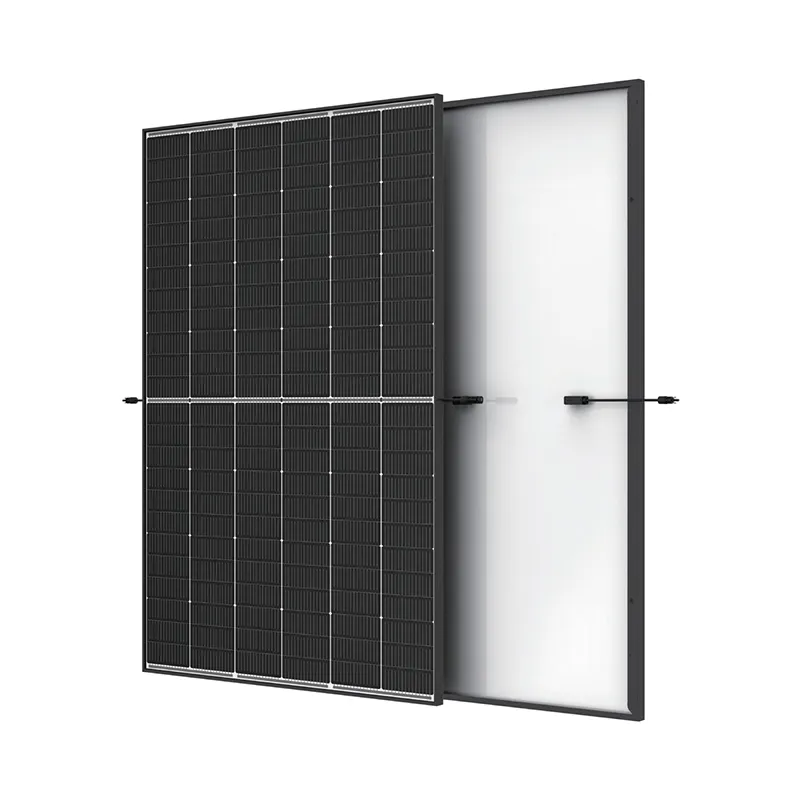bifacial solar panel cost
The Cost of Bifacial Solar Panels A Comprehensive Overview
Bifacial solar panels have gained significant traction in the renewable energy market, largely due to their capacity to capture sunlight from both sides, making them more efficient than traditional monofacial panels. However, one major consideration for potential buyers and investors is the cost associated with these advanced solar technologies. In this article, we will explore the various factors influencing the cost of bifacial solar panels and the potential long-term savings they can offer.
Understanding Bifacial Solar Panels
Bifacial solar panels are designed to absorb sunlight from both the front and rear sides, allowing them to utilize reflected light from the ground or surrounding surfaces. This unique capability can increase energy generation by 10% to 30%, depending on factors such as the terrain, the installation angle, and the type of materials used in the solar project. However, the higher efficiency often comes at a premium price.
Cost Breakdown
1. Initial Purchase Price The cost of bifacial solar panels themselves is generally higher than that of traditional panels. As of 2023, the average price for bifacial panels is estimated to be between $0.50 to $1.00 per watt, compared to $0.30 to $0.70 per watt for conventional monofacial panels. This price difference stems from the advanced technology and materials used in bifacial panels, including transparent backsheets and higher-efficiency solar cells.
2. Installation Costs The installation process can also influence total costs. Bifacial panels often require specialized mounting systems to maximize their reflective capabilities. These systems can lead to increased labor costs, adding to the overall investment. However, some argue that the additional cost is justified given the potential for increased energy output.
3. Land Requirements Bifacial solar panels are best suited for dual-use applications, such as agrivoltaics or installations where land elevation and surface reflectivity can be optimized. While this allows for more efficient usage of land, potential site preparation can add to initial costs.
bifacial solar panel cost

4. Maintenance and Durability Bifacial panels tend to have a longer lifespan than traditional panels due to their robust design and higher quality materials. This durability can lead to lower maintenance costs over time, making them a more cost-effective choice in the long run.
Long-Term Financial Considerations
While the upfront investment for bifacial solar panels is higher, the long-term savings and return on investment (ROI) can be significant. The increased energy capture results in higher electricity production, leading to a quicker payback period. Many owners report a reduced energy bill, which can subsidize the initial costs over time. Additionally, as technology advances and production scales up, it's likely that the prices of bifacial panels will decrease, making them more accessible.
Incentives and Financing Options
Government incentives, tax credits, and financing options can also impact the overall cost-effectiveness of bifacial solar installations. Many regions offer subsidies or tax incentives for renewable energy projects, which can help offset the initial investment. Furthermore, various financing solutions are available, including power purchase agreements (PPAs) and solar loans, helping to make bifacial solar panels a feasible option for a broader audience.
Conclusion
In summary, while bifacial solar panels may require a higher initial investment compared to traditional solar panels, their advanced technology, increased efficiency, and long-term savings potential make them a compelling choice for many energy users. As the demand for renewable energy continues to rise, understanding the full cost spectrum and benefits of bifacial solar technology will be crucial for maximizing energy investments in the years to come. Investing in bifacial solar panels not only supports sustainable energy production but also positions users to benefit from the evolving landscape of solar technology.
-
Unlocking Energy Freedom with the Off Grid Solar InverterNewsJun.06,2025
-
Unlock More Solar Power with a High-Efficiency Bifacial Solar PanelNewsJun.06,2025
-
Power Your Future with High-Efficiency Monocrystalline Solar PanelsNewsJun.06,2025
-
Next-Gen Solar Power Starts with Micro Solar InvertersNewsJun.06,2025
-
Harnessing Peak Efficiency with the On Grid Solar InverterNewsJun.06,2025
-
Discover Unmatched Efficiency with the Latest String Solar InverterNewsJun.06,2025







